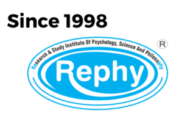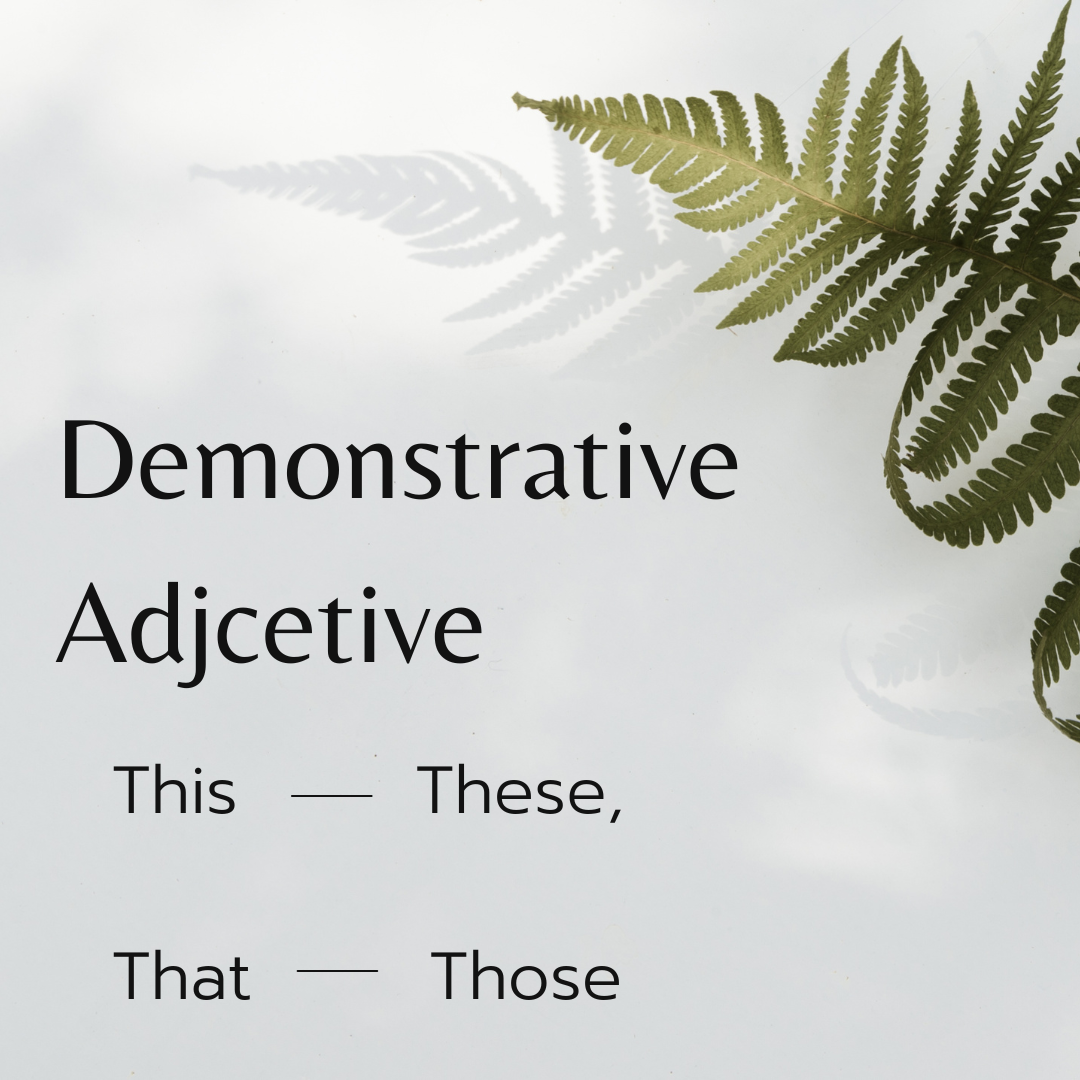Introduction:
Demonstrative adjectives, a crucial component of language, play a pivotal role in guiding readers or listeners toward specific nouns. These adjectives serve as indicators, helping to clarify whether the mentioned noun is near or far in space or time.
Definition:
Demonstrative adjectives include words like “this,” “that,” “these,” and “those.” Their primary function is to point out or highlight particular nouns within a sentence.
Usage Examples:
- This example illustrates the concept clearly.
- Readers appreciate the depth of those characters in the novel.
Proximity and Clarity:
By using demonstrative adjectives, writers enhance the precision and clarity of their expressions. Readers can easily discern which object or idea the author is referring to, adding a layer of specificity to the narrative.
Impact on Tone and Emotion:
The choice of demonstrative adjectives can also influence the tone and emotional resonance of a piece. Consider the nuanced difference between “this moment” and “that moment” in conveying immediacy or distance.
Let’s see few more examples to illustrate the use of demonstrative adjectives:
- This coffee is delicious.
- (referring to the coffee that is in front of the speaker)
- I can’t believe you bought that car!
- (referring to a car that is at a distance from both the speaker and the listener)
- These cookies are homemade.
- (referring to the cookies that are nearby)
- Have you read those books on the top shelf?
- (referring to books that are at a distance from both the speaker and the listener)
- I love this time of year when everything is in bloom.
- (referring to the current season or moment)
- Did you see that movie we watched last night?
- (referring to a movie that is in the past)
- These are the moments we’ll cherish forever.
- (referring to moments that are currently happening or very close in time)
- Look at that painting; it’s truly a masterpiece.
- (referring to a painting that is at a distance)
- I remember this feeling from my childhood.
- (referring to a feeling or experience from the past)
- Those flowers in the garden caught my eye.
- (referring to flowers that are at a distance)
In each example, the demonstrative adjective (this, that, these, those) helps specify which particular item, idea, or moment the speaker is talking about, providing clarity to the listener or reader.
Conclusion:
In the tapestry of language, demonstrative adjectives act as subtle yet powerful tools, guiding readers through the spatial and temporal dimensions of a narrative. Mastering their usage empowers writers to convey ideas with precision and evoke specific emotions within their audience.
If you want to speak English naturally and fluently just like your mother tongue, click here.

